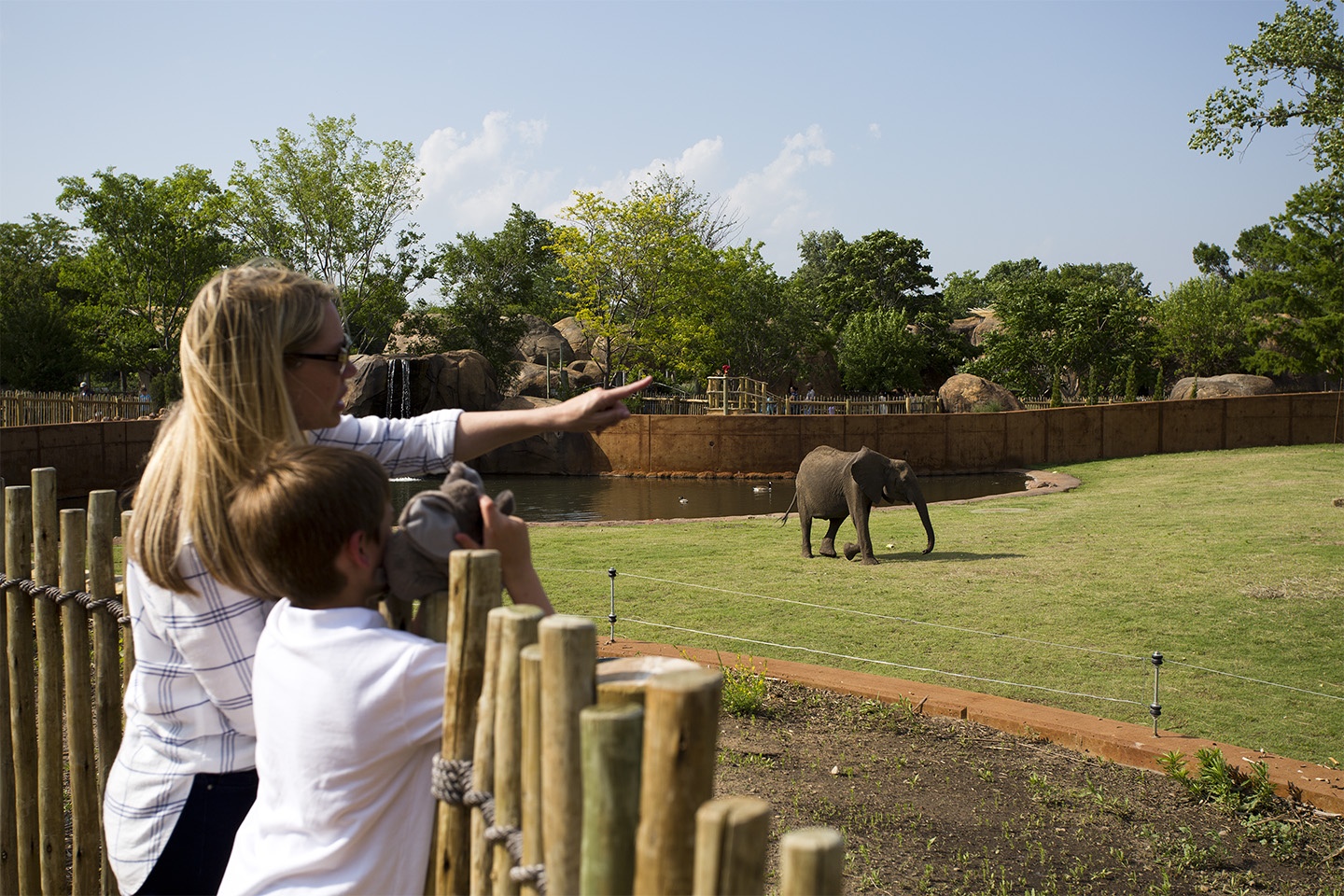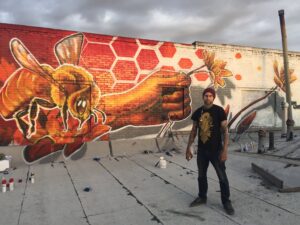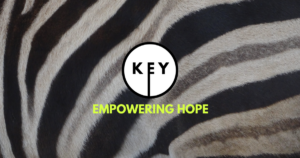The people working in Zoos and Aquariums are passionate and empathetic, traits that fuel their work but can easily lead to burnout and empathic strain without adequate self-care and organizational support. In recent surveys, Zoo & Aquarium staff have shared stories of joy but also of not feeling heard or respected by peers or leaders in their organizations. How can organizations care for staff, supporting them in providing exceptional care for animals and guests in our Zoos and Aquariums?
Thank you to Sabrina Brando, director of AnimalConcepts, for engaging in this conversation around a holistic approach to human and animal wellbeing and fostering a culture of care. When we take care to give care, all can flourish.
Key Points:
Staff Turnover Can Affect Animal Welfare
In a largely unregulated profession with a long line of eager applicants, there is a toxic perception that those who care for animals in Zoos and Aquariums are easily replaceable. If this is true, there is little incentive for dedicating time and resources to retaining and caring for staff. In agriculture, data correlating staff retention and development to enhanced production such as better meat and more milk provides clear financial provocation to do so. Such data is not yet available for Zoos & Aquariums, but the consequences are emerging; first-level manager, assistant curator, and area supervisor positions are becoming difficult to fill and a knowledge gap is contributing to animal welfare concerns such as a reduction in breeding success.
So, why do people leave? Toxic work environments, bullying, dysfunctional collaboration & communication, unrealistic expectations, working overtime, not feeling seen, heard, or supported.
Why do people stay? Good communication, clear transparency, their work matches their motivation, they feel psychologically and physically safe, there’s a proactive approach to having processes and procedures in place, and budgets exist for aspects like animal welfare and research.
A Gap Between Mission & Work Leads to Discontent
As Zoos & Aquariums have evolved to be overtly focused on conservation and animal welfare, internal motivations of staff have also shifted. Many enter the field anticipating opportunities to directly contribute to conservation and develop professionally but find themselves spending their own time and money to attend conferences and workshops or participate in conservation activities. While zookeeper job descriptions may include advancing animal welfare through behavioral observations & enrichment, for many the amount of time doing so pales in comparison to other tasks. This can lead to a lack of fulfillment and dissatisfaction, inherently altering perceptions and affecting performance. In a ripple effect, when doing animal welfare assessments, a zookeeper’s own state is important. As Sabrina says, “If you’re not feeling well or are feeling overwhelmed, burned out, or depressed, you will have a different pair of glasses through which you’ll see the animals”.
To cultivate and support staff these misalignments must be addressed, and schedules and budgets allocated accordingly.
Align Systems to Address Symptoms
Many issues that organizations are trying to address – resignations, low morale, performance issues, toxic work environments – are symptoms of systems not aligning. In her global work, Sabrina encounters few organizations with an overarching strategy and observes that “for systems to work, the actors need to come together for a common purpose”. While many Zoos & Aquariums have vision and mission statements, it is easy to make assumptions about the role of a person or team in achieving that mission. Defining and communicating the ways in which each role and team contributes to the vision and mission and identifying the processes and procedures for achieving success, unites the people of an organization. Don Moore reminded us of the janitor at NASA who, when asked by President John F. Kennedy during a tour of NASA headquarters in 1961 why he was working so late, responded “Mr. President, I’m helping put a man on the moon”. Shouldn’t all staff of Zoos and Aquariums, no matter what their role, feel that they are saving wild animals and wild places?
Leaders Must Get Comfortable with Being Uncomfortable
Creating a culture of care within organizations takes an open heart and an understanding of staff motivations and experiences. When conducting a staff assessment, it may be hard to hear their feedback, feelings, and perceptions. Strong, effective leaders will actively solicit feedback, respectfully have difficult conversations, foster physical and psychological safety, share in a common humanity, and, in the words of Brené Brown, “Be there to get it right, not be right”.
Practical Examples of Caring for Staff:
. Be transparent about the process. Change takes time, but people will accept this if they believe progress is being achieved.
. Remember that no amount of self-care by staff is enough if an organization is not willing to look at its culture.
. Staff Appreciation Days are great, but intentionality is important. How the day is used sends a message. Will staff be free to use the day as they choose? Will they be expected to participate in teambuilding?
. Empower staff to pursue their passion by providing time & budget. This may be conservation work, participation in professional associations, research, etc. Everyone’s motivations are different, and all are valid.
. Give staff agency over how they achieve their goals and manage their day. More empowerment, less micromanagement.
. Integrate the entire Zoo/Aquarium staff. Don Moore provided the example of Oregon Zoo’s Innovation Committee, comprised of members from all departments with a goal to “get everyone out of the silo and into the barn dance”.
. Know when to bring in other experts & specialists, such as grief counselors when a member of the Zoo/Aquarium family dies (animal or human).
. Consider your language. Technical language such as “collection”, “industry”, and “institution” are sterile, objective words that disconnect us from our human and animal community.




